Is this considered a DD?
 Fee316
Posts: 89 ✭
Fee316
Posts: 89 ✭
I study DD and read so many articles and out of thousands I've searched have never spotted one which I know statistically can't be right. I have this really shiny 1989 D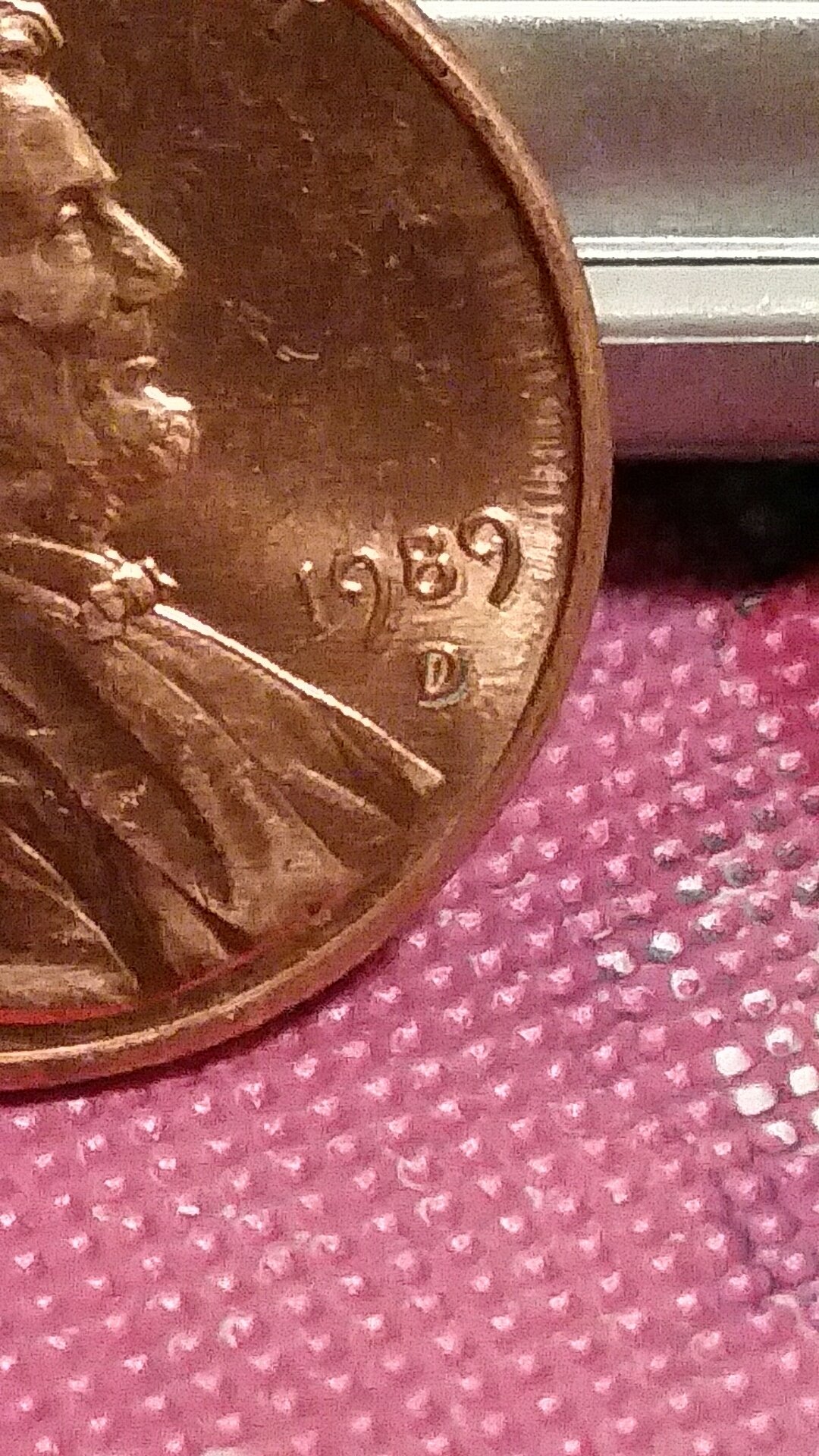
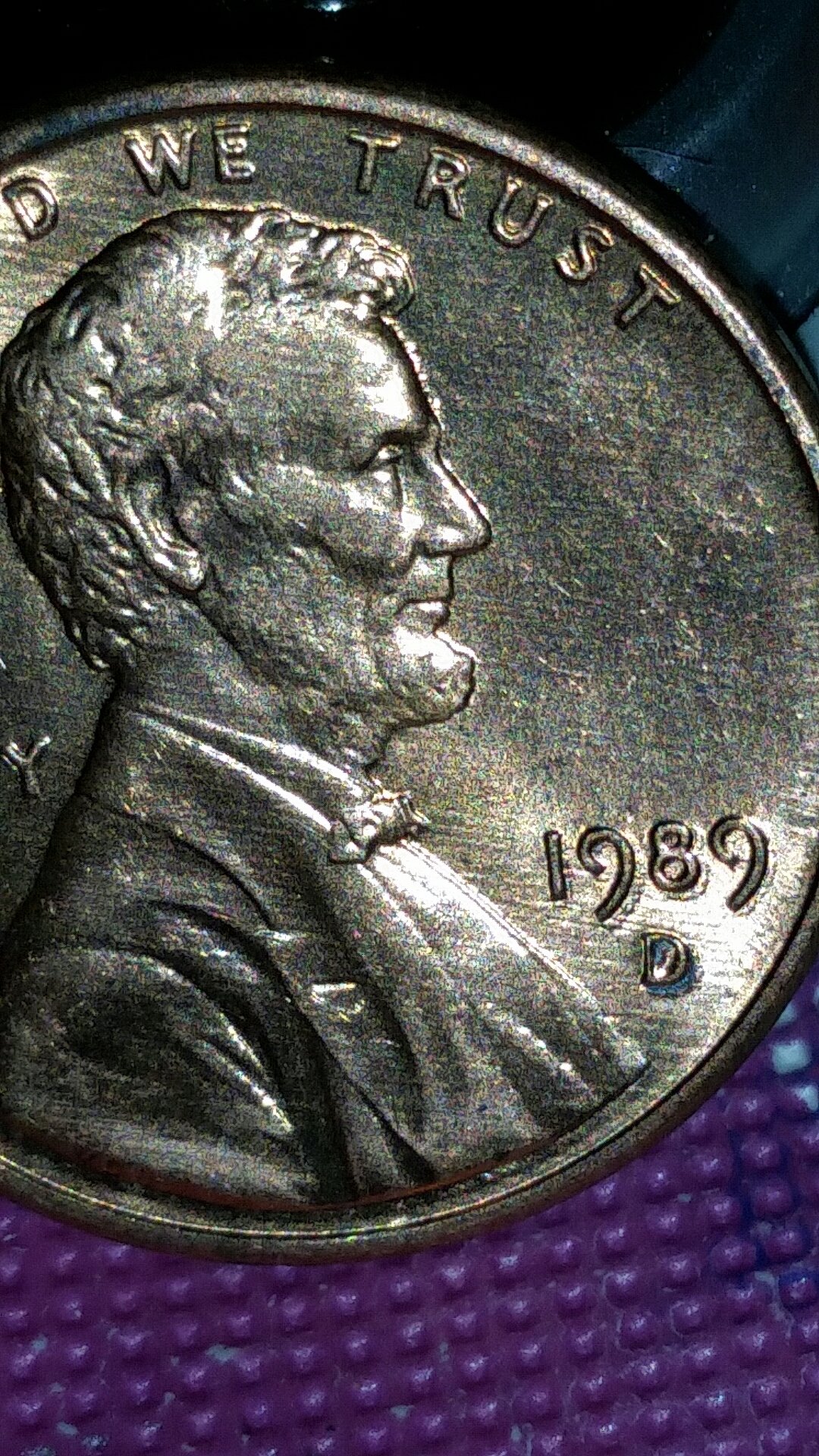
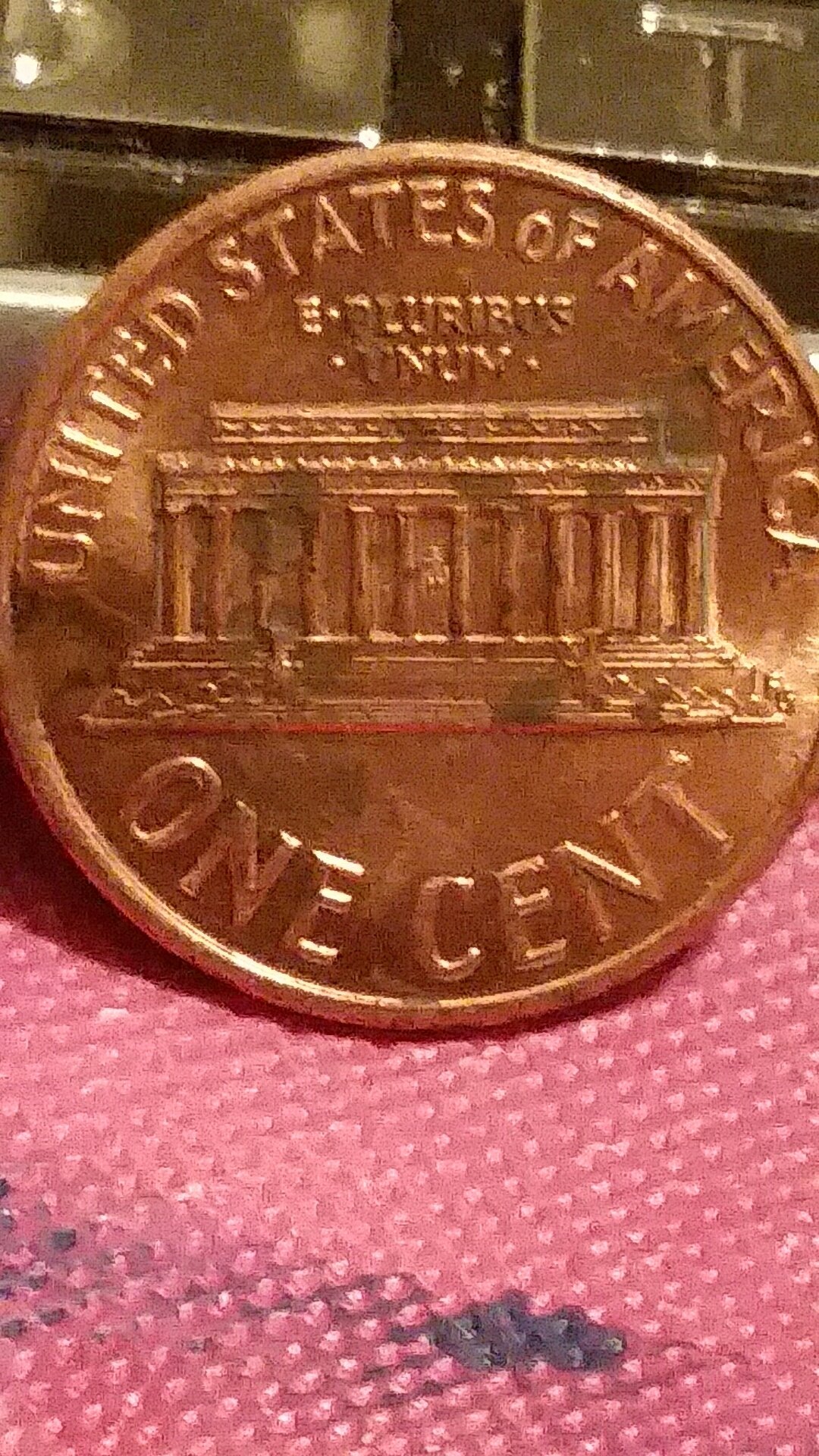

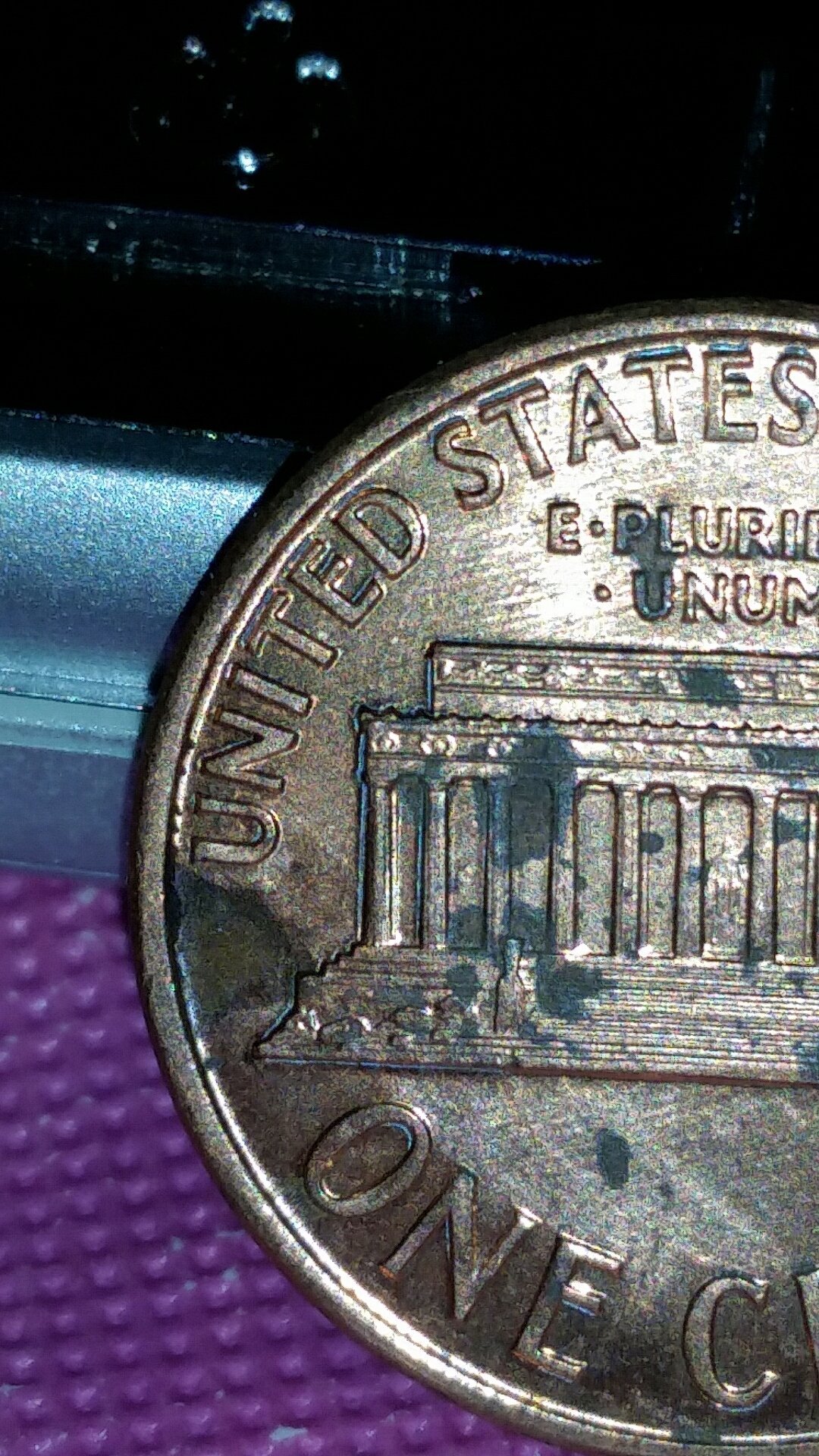
penny looked mint on obverse but back looks bad on some spots with black spots. Is the date a '989' dd? What is going on on the back? I see doubling on obverse but not sure if that's really dd. If it weren't for those black spots it'd be I'm mint condition, shiny, like a mirror. Bummer.
0
Comments
Not a double.
"A dog breaks your heart only one time and that is when they pass on". Unknown
A website that may interest you is www.coppercoins.com.
You can check out Doubled Dies by year and mintmark, obverse or reverse.
It's a great website, extremely informative and lots of great photos with die markers.
Most of the 1989-D Doubled Dies are Class VI, meaning they show on the coin as extra thickness to the date and lettering.
Occasionally a really nice EDS class VI will show some separation, but these aren't the "slap you in the face" kinds of doubled dies like 1955,1972,1969-S etc., but they are still cool and collectible.
A great example of a really nice class VI DDO is the 1943 Die #1, and 1934 #1 and 1934-D #1.
I think you will love this website.
It will become a fun addiction.
Still a fun coin to find. It has some kind of doubling but it's not a doubled die. I hate black spots too. They just kill a coin.
Your 89D exhibits die deterioration doubling.
Common to question this form of doubling and confuse it with real hub doubling.
Look up and look at as many examples of this that you can to become familiar with it.
JRocco is correct......... die deterioration doubling.
Here is an example of a doubled die that you might find in a search.
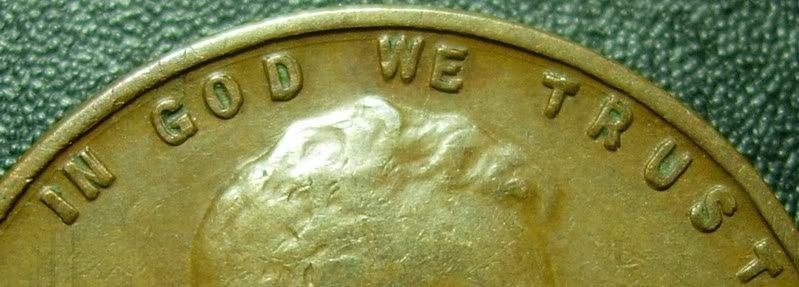

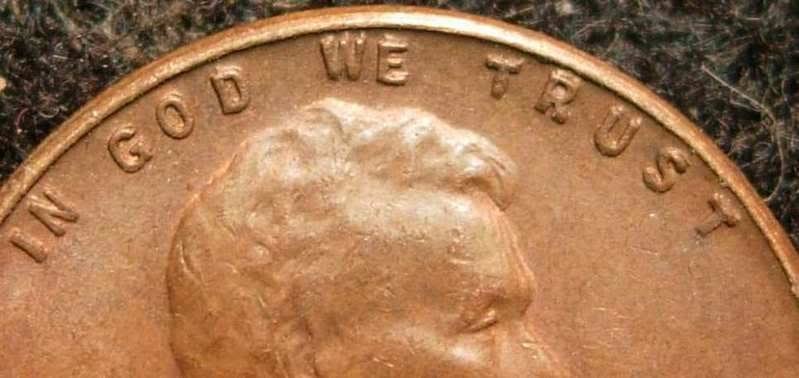


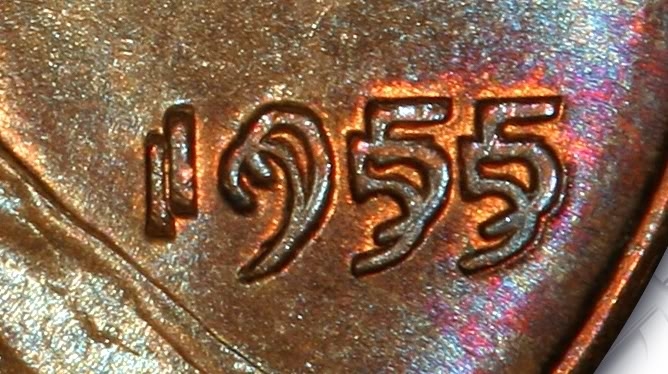
This one is a 36 that I pulled from a bag search.
This is what you want to look for. See the notching on the letters ? This is indicative of a
second impression, separate from the first impression on the hub.
Now here is another doubled die, a 1955 also pulled from a bag search that shows a
wider separation between impressions on the hub.
And here is an example taken to the extreme, the biggie 55 DDO.
Again see the separation of the letters ? Wish I found this one in a roll search, but instead bought this one.
@JRocco ...Nice pictures... That '55 is awesome... Cheers, RickO
Thanks y'all! I will keep working on correctly identifying. You guys are awesome.